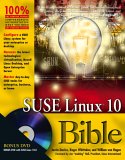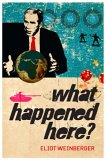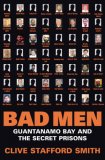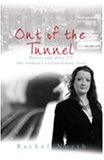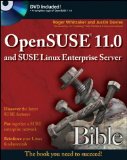|
[This review was first published in the UKUUG Newsletter.]
Steve Talbott became well known as the author of The Future does not
Compute which, when it was published in 1995, was a fairly rare example
of sceptical writing among the avalanche of hype about the liberating power of
the Internet and the personal computer which was current at that time.
The full text of Future does not Compute is available online:
http://netfuture.org/fdnc/index.html
The material in Devices of the Soul was originally written as a
set of essays. These have been woven into a book, and as a result this book
does not possess a very clear linear argument. It is none the worse for that,
however.
The subject matter varies quite widely, but the unifying theme is a strongly
humanistic approach to the nature of knowledge, of learning, and of engagement
with the world. Talbott discusses among other things education, disability,
science, ecology, the Internet, robotics, baby-walkers, community and marriage.
In each case, he argues for the vital importance of real human engagement as
opposed to tempting alternatives, and outlines how technology and modern modes
of thinking can mitigate against this.
So for instance, in discussing science education he talks about the need for
children to get close to and engage physically with the realities they are
studying. He dissects examples of modern ``good practice'' and discusses the
ways in which they fail to engage students' imagination and hence fail in their
educational aim.
Talbott believes that technologies such as the personal computer and the Internet
have a two-fold negative effect.
Firstly there is the way in which the nature of the technology limits the ways
one deals with the real matters one uses it for (for instance the use of a
spreadsheet to constantly view the business ``bottom line'' blinds one to other
less tangible matters which do not appear in the spreadsheet but can be
controlled and which do affect a company's success). By making particular
aspects of reality visible and hiding others, the technology shapes our view of
reality.
But the second and more important negative effect for Talbott is the way in
which we begin to model our view of our own activities on our understanding of the
technology that we use. Thus education (about which he writes very
passionately) is seen as a matter of transferring information from one
place to another; management of the environment is seen as simply adjusting
certain inputs to obtain the desired results; well-being is seen as measurable
through an aggregate of economic or other numerical indicators. Worse, he
claims that our internal model of ourselves becomes based on our model of the
technology that we use: this impacts on our ability to understand the world.
When we lose awareness of all but the machine-like in ourselves, we also lose
the ability to conceive the world as anything but a machine. Those whose
intellectual horizons are encompassed by digital machinery tend to see the
world computationally, just as their predecessors saw the world in terms of
clocks, cameras, steam engines, telegraph lines, and movie projectors. There
is security in believing the world is like the things one knows best, and
intellectual ease in draping one's well-practiced ideas like a veil over the
Great Unknown. [p 179]
The chapter entitled ``Educational Provocations'' consists of a list of bullet
points about the question of computers in education, a subject about which
Talbott clearly feels strongly. He challenges the reader to deny any of the
particular statements in this list, all of which are arguments against the use
of computers in the classroom, particularly below secondary level.
It would be wrong to describe Talbott as a Luddite: he is criticising the
effects of the technology from the point of view of a person who has been a
close observer of its development. But he is always on the look-out for
unintended consequences and his critique of the ways that technology can shape its
users in its own image is a profound one. In some ways he reminds me of Ivan
Illich, who made the same kind of points in the 1970s not only about motor
vehicles (fairly obvious and relatively uncontroversial) but also about schools
and hospitals (shocking to most).
Buy it from Amazon (UK)
|















